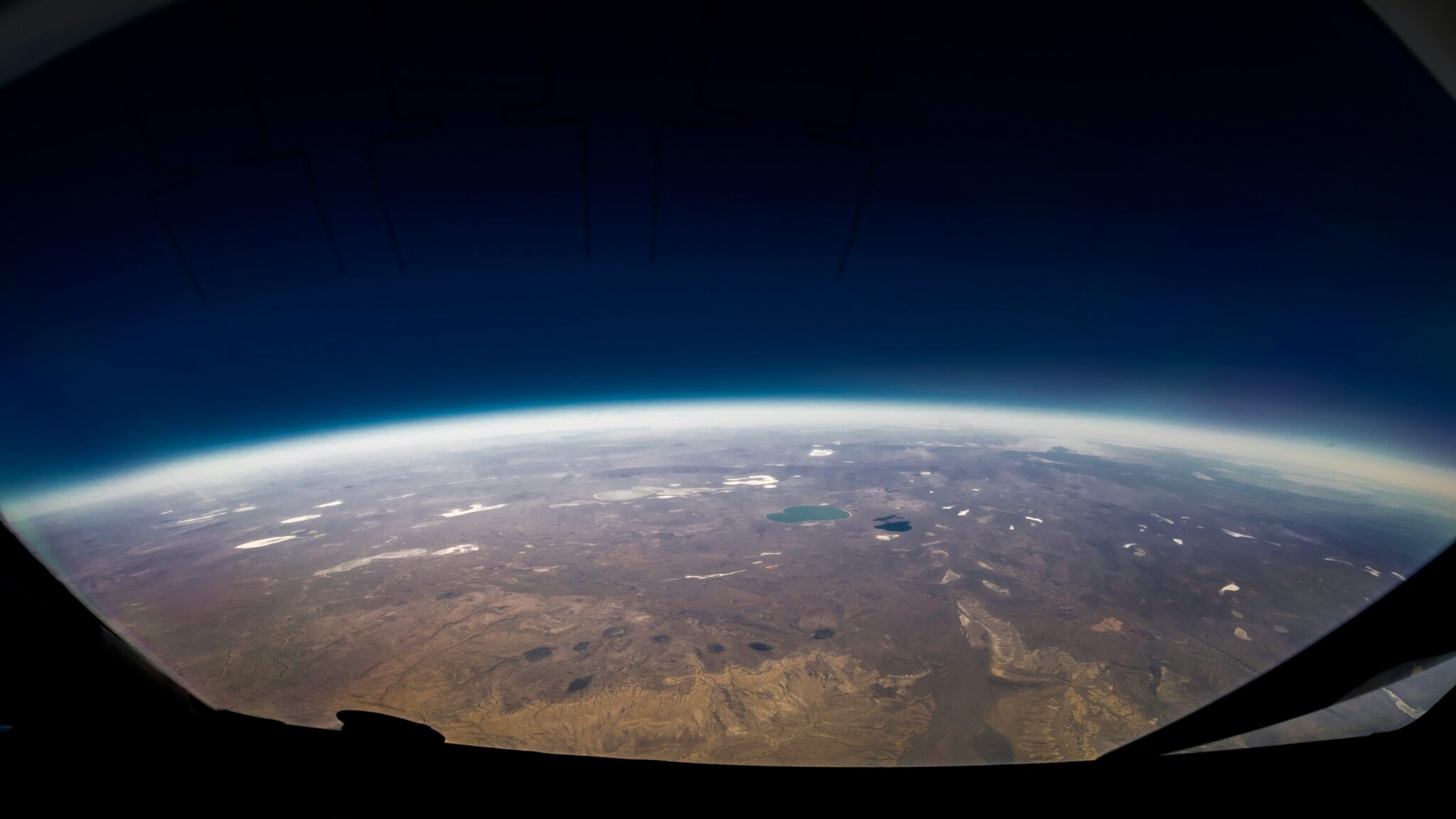Earth’s atmosphere loses stability at the boundary with space. A new study has found that among the turbulence, there are currents that look like winds circling closer to the surface, hinting at the existence of hidden forces that bring them together. The discovery could help us better understand ecological systems and improve predictions of space and Earth weather, say researchers from the University of Rostock in Germany and Kyushu University in Japan.

When we talk about space, we mean the thermosphere, which is about 80-550 kilometers above sea level. It’s not real space yet, but it’s where the International Space Station and most satellites orbit, and it’s also where the aurora borealis forms.
The thermosphere is located above the lower atmosphere, consisting of the troposphere (up to an altitude of about 12 km) and the stratosphere, the layer between the troposphere and the thermosphere. Winds in each layer have different patterns that can be used to study the mechanisms of meteorology.
Until then, the thermosphere remained almost unstudied. The new data show similar patterns to those observed at lower levels of the atmosphere. “This means that both the thermosphere and the troposphere follow the same physical laws,” says Huixin Liu of Kyushu University.
To obtain these results, the team analyzed thermospheric winds using data from the Challenging satellite and the Gravity Field and Steady State Ocean Circulation Explorer. Using third-order structure functions, they found that many rules remain the same despite different conditions in each layer of the atmosphere.

The cyclonic motion of winds in the thermosphere and lower atmosphere also coincide: counterclockwise in the Northern Hemisphere and clockwise in the Southern Hemisphere. “This suggests that similar underlying large-scale turbulence mechanisms may be at play,” the researchers wrote.
Understanding the dynamics of the near-space atmosphere is important because the parts of the atmosphere closer to space are more exposed to solar storms. This knowledge is necessary to prevent potential hazards.
These findings also have implications for climate change models that predict future weather systems. Turbulence in the Earth’s atmosphere can be linked to changes in space.
The study is published in the journal Geophysical Research Letters.
Earlier we told you about how scientists measured the interstellar wind speed of distant worlds for the first time.
According to sciencealert.com


